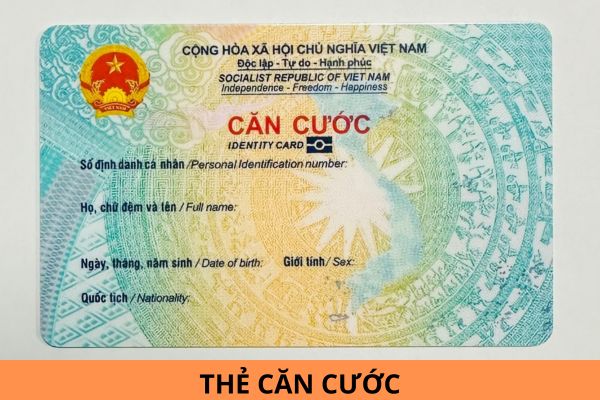Can civil servants preparing to retire through downsizing be able to rotate jobs in Vietnam?
Can civil servants preparing to retire through downsizing be able to rotate jobs in Vietnam? What are the steps to implement civil servant rotation in Vietnam?
Hello, my agency has a plan to rotate management civil servants. However, there are some civil servants preparing to retire through downsizing, so can the rotation be carried out or not?
Can civil servants preparing to retire through downsizing be able to rotate jobs in Vietnam?
At Article 56 of Decree 138/2020/ND-CP regulates standards and conditions for rotation of cold notaries, managed as follows:
1. Have a strong political stance and ideology, and good moral qualities.
2. In planning, there is capacity and development prospects; Always complete assigned tasks well.
3. Basically meet the specific standards and conditions of the incoming position.
4. Age conditions:
a) Have at least two working terms (10 years) from the time of rotation;
b) Particularly, leading and managing civil servants who are rotated to implement regulations are not allowed to assign local people and to implement regulations are not allowed to hold more than two consecutive terms in a locality, agency, or organization. The unit must have enough working time for at least one term.
5. Have enough health to work.
Thus, to be able to be rotated, civil servants must have at least two terms (10 years) remaining. Therefore, in the case of civil servants preparing to retire through downsizing, it will be difficult to meet this condition in Vietnam.

Can civil servants preparing to retire through downsizing be able to rotate jobs in Vietnam? (Image from the Internet)
What are the steps to implement civil servant rotation in Vietnam?
At Article 59 of Decree 138/2020/ND-CP there are regulations on process of notarizing and managing as follows:
1. Step 1: Propose policy:
Based on the need to rotate leadership and management civil servants of competent authorities, the advisory agency on personnel organization shall review and evaluate the team of leading and managerial civil servants of agencies and organizations; Develop a rotation plan and submit it to competent authorities for review and approval.
2. Step 2. Proposing personnel rotation:
Based on the policy of the competent authority, the advisory agency on personnel organization notifies relevant localities, agencies and organizations to propose personnel rotation.
3. Step 3: Prepare personnel for rotation:
a) The advisory agency on personnel organization synthesizes proposals from localities, agencies and organizations; Conduct a review of standards, criteria and expected locations, positions and personnel rotation; Collect comments and assessments for personnel expected to be rotated;
b) Party committees, party organizations, leadership collectives, heads of competent agencies and agencies, organizations and units employing rotating civil servants are responsible for commenting and evaluating ethical qualities, life style; working capacity and reputation; Work history and strengths and weaknesses of the person proposed for rotation; draw conclusions about political standards according to the Party's regulations, report to competent authorities to consider and decide on staff rotation.
4. Step 4: Discuss with relevant agencies and civil servants expected to be rotated:
a) The advisory agency on personnel organization sends a document to seek appraisal opinions from relevant agencies, and discusses with departure and destination places about expected areas, positions and personnel rotation; synthesize appraisal results of relevant agencies;
b) Organize meetings with transferred civil servants to thoroughly understand the purpose and requirements of rotation; Grasp the thoughts, aspirations and determine responsibilities for rotating civil servants.
5. Step 5: Organize rotation:
a) The advisory agency on personnel organization submits to the competent authority for consideration and decision on rotation;
b) Competent agencies lead and direct the organization and implementation of rotation decisions;
c) Coordinate with relevant agencies to monitor, comment and evaluate the rotation implementation process of rotating civil servants;
d) Coordinate with relevant agencies to assign, arrange and implement policies for civil servants after rotation.
According to this Article, the rotation of civil servants will be carried out according to the 5-step process as prescribed above in Vietnam.
Best regards!










